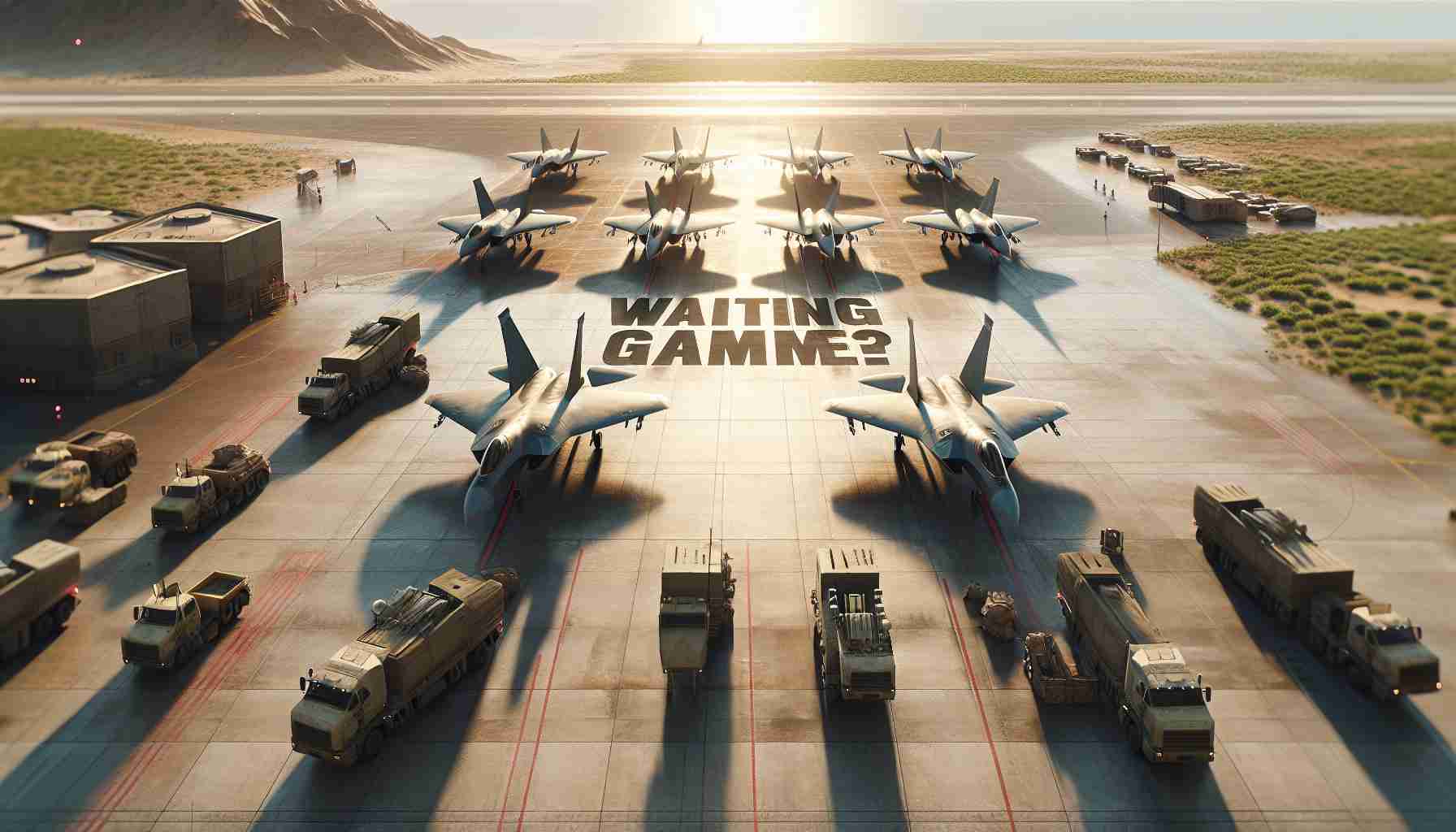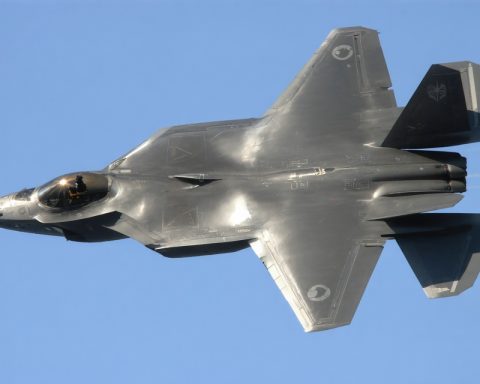Israel’s race for air supremacy is taking a pivotal turn as it pushes for the quick delivery of new F-15IA jets, a variant of the U.S.-made F-15EX Eagle II. Designed to target strategic sites within Iran and address threats from groups like Hamas and Hezbollah, these state-of-the-art jets carry a hefty price tag of $18.8 billion for 50 aircraft.
Speed and Power Await
Though Israel’s procurement deal was signed earlier this year, the expected delivery between 2028 and 2029 puts a crimp in their rapid deployment ambitions. These advanced aircraft, integral for high-speed engagements and equipped to carry up to 13 tons of weaponry, promise unmatched firepower for offensive and defensive missions.
Immediate Needs Amid Looming Threats
Israel aims to upgrade its existing fleet to keep pace with regional threats until the new jets arrive. With Iran potentially bolstering its defenses with Russian systems like the S-400, quick access to these new jets is seen as essential. Other Middle Eastern nations might soon follow Israel’s lead, seeking expedited access to these advanced fighters.
The Future of Air Warfare
The F-15IA, with its superior avionics and maneuverability, promises to boost Israel’s operational capabilities. As it confronts underground targets with advanced bunker-busting munitions, Israel hopes to set a new standard in military aviation. However, the clock is ticking on when these capabilities will ultimately take to the skies.
Why the F-15IA Acquisition Signals a New Era in Military Aviation
Strategic Advancements with the F-15IA
The introduction of the F-15IA represents a significant shift in military aviation and strategy for Israel. These jets, a variant of the American F-15EX Eagle II, are poised to enhance the Israeli Air Force’s (IAF) capabilities with their state-of-the-art technology and weaponry. Each unit is designed to deliver unparalleled power and precision, equipped to manage complex defense missions and fulfill specific strategic objectives in the Middle East.
Innovation in Avionics and Combat Technology
The F-15IA jets are expected to include cutting-edge avionics systems that promise enhanced situational awareness and interoperability with other forces. These advancements aim to provide not just superior combat capability but also a holistic approach to mission planning and execution. Innovations such as improved radar systems and electronic warfare suites will offer Israel a tactical edge in detecting and neutralizing threats efficiently.
Evaluation of Cost Versus Capability
While the $18.8 billion investment for 50 aircraft raises questions about cost-efficiency, the strategic superiority gained from these jets justifies the expenditure for Israel. The capability to carry up to 13 tons of various payloads, including advanced bunker-busting munitions, enables the IAF to address both surface and subterranean targets, which is critical in offensive and defensive operations against threats like Iran’s underground facilities.
Market Trends and Regional Impact
The acquisition of the F-15IA reflects broader trends in the military aviation market, where countries are increasingly investing in advanced stealth and multi-role capabilities. Israel’s strategic decision may influence neighboring countries to secure similar capabilities, potentially leading to an arms race in the region. Middle Eastern nations might soon prioritize purchasing advanced aircraft to counterbalance Israel’s growing air dominance.
Potential Limitations and Delivery Concerns
Despite the impressive specifications, Israel faces limitations related to the delayed delivery timeline. The anticipated 2028-2029 arrival of the F-15IA jets poses significant challenges in maintaining air superiority in the interim. To mitigate this, Israel is likely to enhance its current fleet’s capabilities to bridge the gap until the F-15IA aircraft are operational.
Security Aspects and Regional Stability
The deployment of the F-15IAs is expected to reshape security dynamics in the Middle East. While enhancing defensive postures, this move could also escalate tensions, prompting regional adversaries to bolster their own military assets. Countries such as Iran may respond by seeking further defense collaborations, particularly with nations like Russia, potentially altering the balance of power.
Future Predictions for Air Combat
Experts predict that Israel’s acquisition of these advanced jets will set a new benchmark for air force capabilities worldwide. As the landscape of warfare evolves, the integration of such sophisticated platforms will likely become a global standard, pushing innovation and strategic planning to new heights.
For more detailed information on military advancements and strategic equipment, visit the official Israeli defense domain: IDF.











